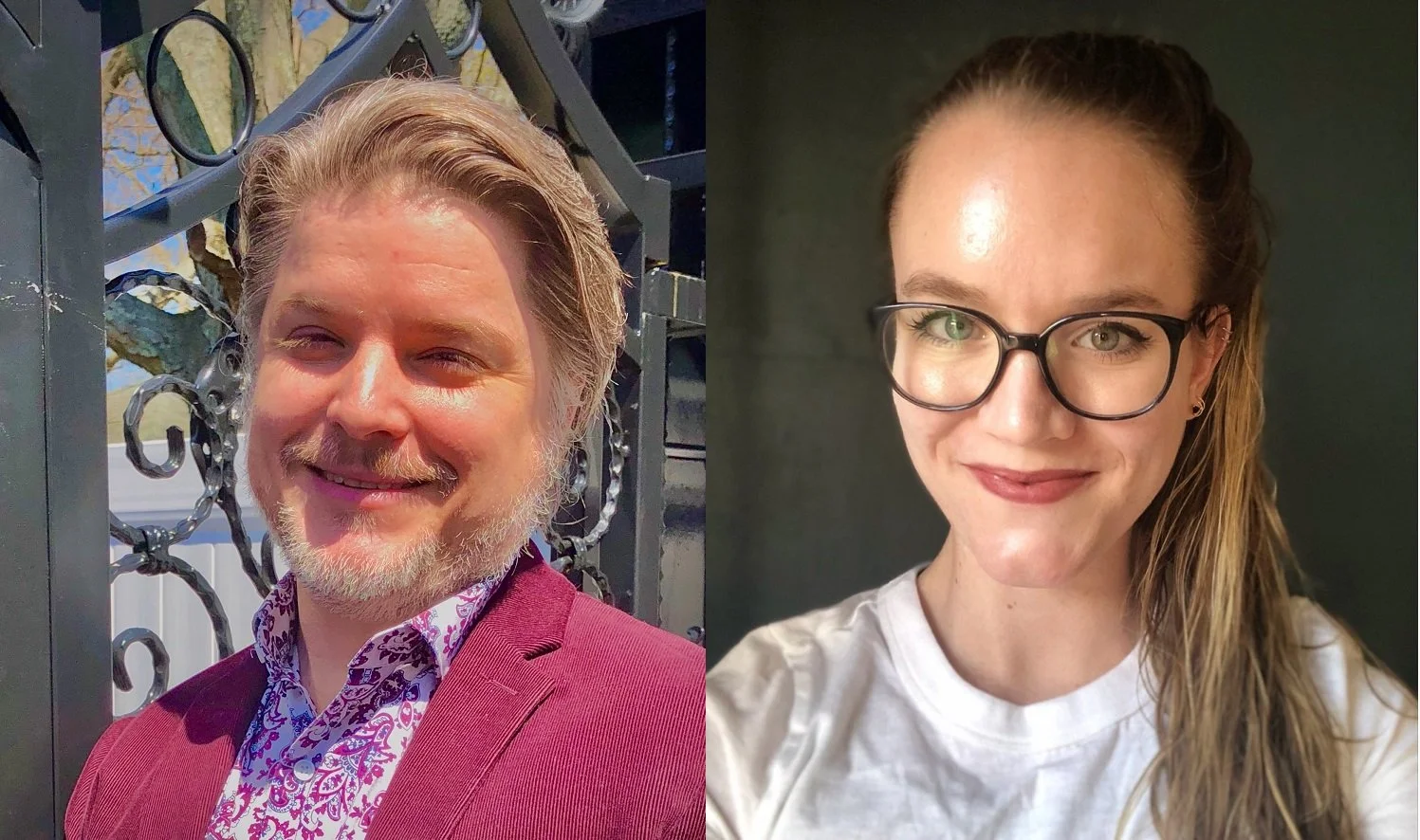A Place to Call Home
Goldcrest simplifies post by providing one-stop-solutions for offline editorial, picture, sound and VFX.
Post-production can be challenging for film and television producers. Deadlines loom. Creative choices demand decisions. Complex technical issues abound. Goldcrest Post helps relieve the stress by providing filmmakers with resources to accomplish every aspect of post-production under one roof. The facility delivers solutions for picture and sound finishing, encompassing dailies, offline editorial suites, color grading, editorial finishing, sound editorial, sound mixing, ADR, visual effects production and integration, QC and deliverables.
Consolidating sound and picture post saves time, avoids problems and leads to a better final product, and Goldcrest Post is one of few independent facilities that can provide it all. “One benefit of finishing sound and picture at a single facility is that it takes collaboration to the next level,” says Head of Production Wade Rudolph. “Filmmakers can supervise color in one of our grading suites, then walk downstairs to adjust the mix. They spend less time traveling and more time with artists. Final adjustments happen quickly.”
Wade Rudolph and Nicole Tessier
The selection of a post facility is often a group decision, notes Daniel Hank, producer of the feature Cat Person that recently finished sound a picture as Goldcrest. The studio, director of photography and other weigh in, the producer typically makes the final decision. Goldcrest’s ability to offer a complete package of post services was a decisive advantage. “In the post process there are often frequent changes to the finishing of a project,” he explains. “Studios and producers often have decision making differences until and occasionally past the last minute. Having all the elements and all the media on one server, and under one team of scheduling and management make things go a lot faster and smoother.”
Some productions take collaboration further still by lodging their editorial teams in one or more of Goldcrest’s creative editing suites, equipped with state-of-the-art Avid or Final Cut workstations and shared storage. “We love having the post teams in the building where we have a seamless connection,” explains Director of Sound Nicole Tessier. “It makes for an easy transition. Plus, they are already familiar with the facility and staff.” Tessier adds that Goldcrest also supports remote and hybrid editing, providing editors with maximum flexibility.
Complete visual effects services are available onsite at Goldcrest through its alliance with Fancy House of Visual Effects. Best known for its work in advertising, the studio recently launched a film and television division led by Senior Producer Janine Conway and Compositing Supervisor Chris Green. The pair bring experience on such shows as Showtime’s Dexter: New Blood, Apple TV+’s Severance and the CBS series Star Trek: Discovery.
Aligning picture, sound and other post processes leads to better planning. It’s easier to coordinate schedules and design integrated workflows. “Our departments work together to arrive at the most efficient schedule for everyone involved,” Rudolph notes. “Depending on the complexity of the project, we might schedule a conference call, or work through details in an email chain. We provide separate specification sheets for each facet of post to help clients turnover materials in an optimal manner.”
“Sometimes schedules overlap with final mixing and color grading landing at the same time,” adds Tessier. “That might be a problem if they are happening in different facilities, and you need to travel from one location to another. Here, going from color to the mix stage means walking down a few flights of stairs.”
Rudolph notes that sound and picture stay in constant contact so that when issues arise or plans change, they can respond immediately. “We have multiple ways for communication: phone, email, Slack and, of course, in person,” he says. “That speeds things up a lot. If sound and picture are happening at different facilities or on different coasts, there’s lag time. Picture may be ready to QC, but they are waiting for a mix that might not arrive until the next morning. Finishing might be delayed for a day.”
Projects with firm deadlines have the most to gain by doing it all in one location. “We do our best to work with clients to accommodate changing schedules with tight deadlines,” Tessier states. “Picture and sound are scheduled separately but we ensure that they are in sync, that the client has the talent they want to work with, and that the project is delivered accurately.”
The ultimate benefit of consolidating post at Goldcrest is that it eliminates needless complexity and facilitates creativity. “Our workflow between picture and sound is straightforward,” says Rudolph. “When we send picture reference to sound, it’s always in the correct format and includes all the information that the mix team needs. The same is true when sound sends a mix to picture. We manage the technical issues, allowing filmmakers to focus on finishing their projects successfully.”


